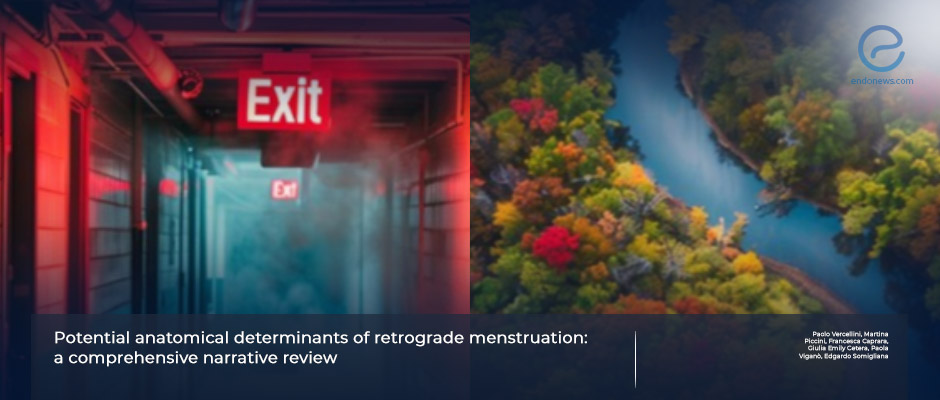Intrinsic Potential Factors in Retrograde Menstruation
The mechanistic model of endometriosis pathogenesis suggests that anatomical factors promoting retrograde menstruation are crucial and biologically sound. This model is supported by the strong link between obstructive Müllerian anomalies and endometriosis, indicating a causal relationship between the amount of…
Key Points Lay SummaryHistopathologic examination always has the final word in tubal endometriosis
Hai-Ning Jiao and coworkers from the Department of Obstetrics and Gynecology of Shanghai Jiao Tong University School of Medicine, China, reported the salient features of 30 tubal endometriosis cases in the World Journal of Clinical Cases. Tubal endometriosis is characterized…
Key Points Lay SummaryImaging techniques for fallopian tubes
The imaging techniques used for suspected fallopian tube pathology are ultrasound, hysterosalpingo-contrast-sonography, hysterosalpingography, computed tomography, and magnetic resonance imaging. Among several benign lesions that involve fallopian tubes, pelvic inflammatory disease, tubo-ovarian abscess, salpingitis isthmica nodosa, hydrosalpinx, tubal endometriosis, isolated fallopian…
Key Points Lay SummaryDistribution of tubal endometriosis
The incidence of tubal endometriosis was previously reported in a percentage of 4 to 11, but recent studies gave a prevalence up to 42.5 % which indicates the actual incidence of this disease is underestimated. Some studies in recent literature…
Key Points Lay SummaryThe association of chronic endometritis, endometriosis and tubal infertility
Holzer et al. from the Department of Gynecologic Endocrinology and Reproductive Medicine of Medical University of Vienna, Austria, set up apilot prospective cohort study to evaluate the relationship between chronic endometritis, infertility and endometriosis. The results of the study were recently…
Key Points Lay SummaryFallopian tubes and endometriosis
There are multiple theories to explain the pathogenesis of endometriosis, among which the most popular one is Sampson's retrograde menstruation theory. The role of endometrial stem cells/progenitors are widely studied to support the origin of ectopic lesions in recent decades.…
Key Points Lay Summary

 By Nasuhi Engin Aydin
By Nasuhi Engin Aydin

 By Selma Oransay
By Selma Oransay


